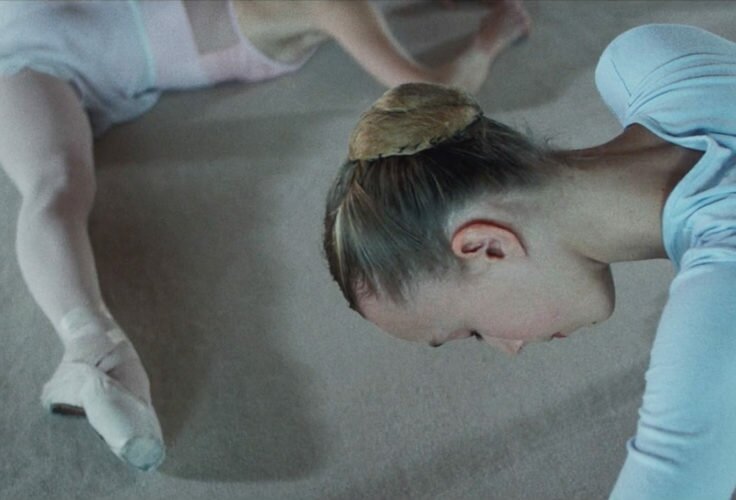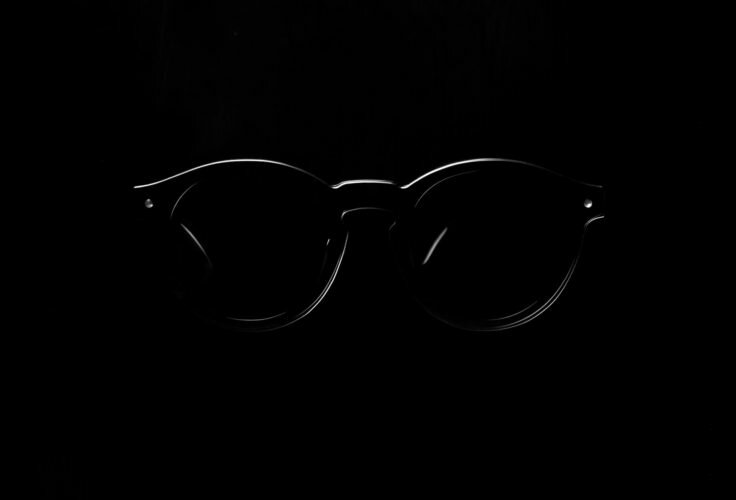Drake ha hecho un videoclip sobre recibir un tartazo en la cara, Child’s Play. Tyra Banks es la lanzadora. Y Ben Tuthill el testigo.
By Ben Tuthill

In the mid-19th century the United States and England found themselves engulfed in , a socio-religious phenomenon in which ordinary people, particularly women, claimed to channel the spirits of the dead into the world of the living. Mediums gave themselves over to spiritual activity, speaking in dead people’s voices, convulsing, claiming visions of life on other planets, and so on. For many, the movement embodied a new-found freedom from the duel oppressors of the restrictive church and the materialistic world. The legendary occultist , on the other hand, was horrified. Mediums weren’t links to the spirit world: they were slaves to it. Their channeling was less a communication with the divine than it was a succumbing to an external force at the cost of free will. Communication with the extraterrestrial was only positive, Blavatsky taught, if the medium could overcome the spirits and use them for her own bidding.
The leap from Victorian Spiritualism to our contemporary relationship with technology isn’t a hard one. The Internet offers us what feels like unlimited freedom –access to information previously considered unfindable, communication with long-lost friends– but what much more realistically is what Foucault would call the trap of “governmentality”. We like to think that we have control over our experience of the Internet, when really we’re feeding all of our personal information and interests into a data-collecting machine that individually reorients itself to push us in the exact direction that it wants. Like Blavatsky, the only people who can really interact with the Internet without giving up their independence are the ones who know how to hack past the data intervention. The rest of us are just cogs in the spirit-machine of the web, caught in fits of possession that feels like liberation.
We don’t like to accept that sometimes “liberation” is synonymous with “possession”, and for the most part we’ll do anything we can to deny it. When that denial falls through, it’s horrifying. from Andrzej Zulawski’s 1981 Possession, for example: Isabelle Adjani rolls through a subway station, sometimes hysterically laughing, sometimes doing something close to dancing. Out of context, it’s almost heartwarming; for the first minute or so you might mistake her performance as total liberating joy. In context, of course, you know it’s something much worse, and the horror is confirmed when the shot jumps forward to Adjani on her knees, spewing blood from every hole in her body.
Rigan Ledwidge was clearly thinking of Possession when he made the video for Massive Attack and Young Fathers’ . Rosamund Pike, who’s become of the face of , wanders through what looks like a train-station and comes into contact with a floating metal ball (similar to the one in the horror film ). It scans, and then hideously links itself to her eyes, and forces her to move through a series of activities that in any other video would be read as liberating. She laughs hysterically, she contorts her hips, she tosses up her skirt, she pounds her head against the wall. If the ball weren’t there, this would maybe be kind of fun (or at least, kind of #fierce). With the ball made visible, though, Pike looks broken and malleable and pathetically human.
Voodoo In My Blood brings a physical enactment to an unborn everyday horror. You can’t really grapple with the possibility of your thoughts being controlled until you see a human body thrashed across the floor by means of its own physical non-volition. It’s horrifying to think that our semiotics of liberation are actually ordered responses to the will of an external power. But it’s hard to argue when you’re watching a famous actress playing out the motions of joy under the control of a malevolent piece of technology.
I don’t mean to say that Ledwidge’s ball represents computers, or big data, or the Internet. But I think they share similar qualities. The ball is persistent; it’s present in surprising places; it obtains personal –and material– information; it fascinates, redirects, and ultimately addicts. And most disturbingly, it’s comforting. It doesn’t seem particularly malevolent, to Pike or to me. When I first saw Star Wars as a kid I insisted to my parents that that corners Leia in her Death Star cell was actually a good guy, and that it had just been forced against its will to serve the Emperor. Maybe this is just a personal pathological preference towards floating orbs. But regardless there’s something sort of soothing about watching someone submit to a machine.
It’s funny to imagine Pike filming this, throwing herself around a tunnel with a vague sense of autonomy, no ball to guide her but with the full knowledge that it would ultimately be added in at post-production. Maybe she’s more hacker-Blavatsky than user-Adjani, forcing the CGI editors to animate the ball alongside her self-elected movements. But she’s making those movements for a ball that’s present even if it’s not physically there. “How do I make myself look liberated?” she’s asking. Ledwidge answers: “just relax and remember that something is telling you exactly what to do”.




























